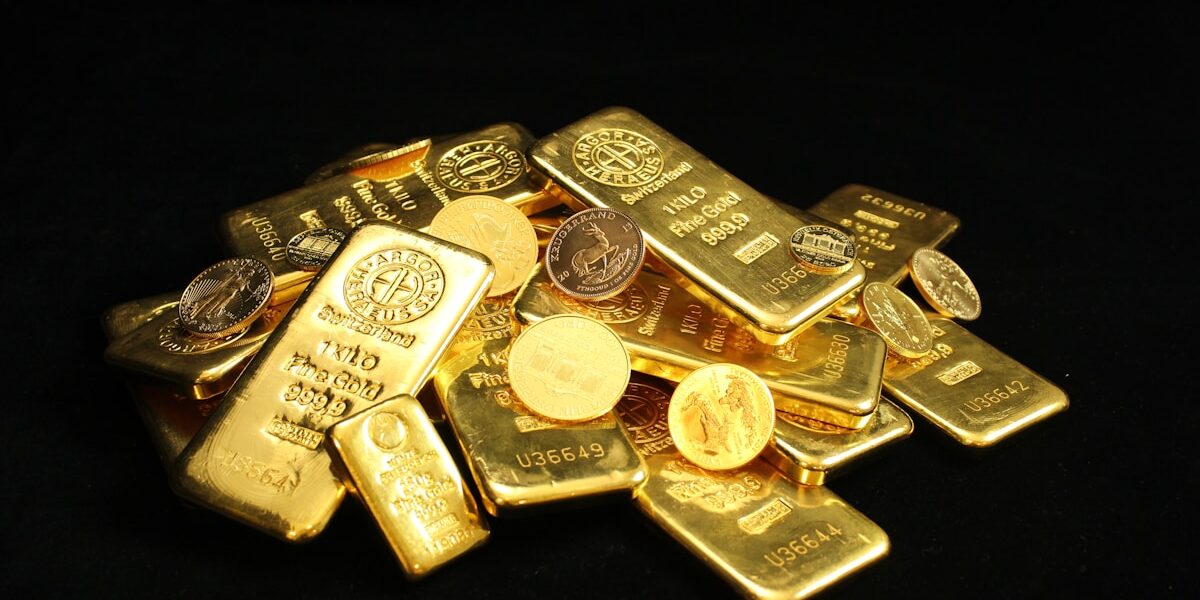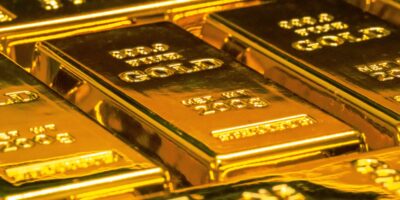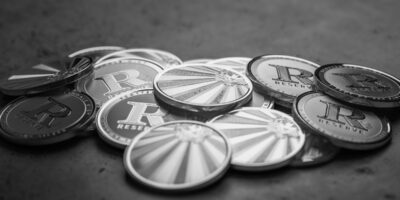1982 D Penny: A Numismatic Analysis
1982 D Penny: A Numismatic Analysis
The 1982 D penny from the Denver Mint is a staple in modern coin collecting. Understanding its importance requires a look into the details of its production, composition changes, and collectible value.
Production Changes in 1982

In 1982, the U.S. Mint underwent a significant transition in penny production. The Lincoln cent, which had been primarily made from a copper alloy, shifted to a zinc core coated with copper. This change aimed to cut production costs.
The scarcity of copper and the rising cost of metal influenced this decision. As a result, two different types of pennies were produced that year – copper-alloy and zinc-coated ones.
Identifying 1982 D Pennies by Composition
Collectors often distinguish between these two types. A simple test can identify whether a 1982D penny is copper or zinc-based. Weighing the penny reveals its composition: copper-alloy pennies weigh 3.11 grams, while zinc ones weigh 2.5 grams.
Some collectors also use visual inspection to determine the composition. However, weighing is the most reliable method.
Design Features of the 1982 D Penny
The common obverse design, featuring Abraham Lincoln, remained unchanged. Victor David Brenner designed this iconic image in 1909.
The reverse continues to depict the Lincoln Memorial, introduced in 1959 to celebrate the 150th anniversary of Lincoln’s birth. A small D mint mark below the date signifies the Denver Mint.
Minting Process and Variations
During the minting process, several variations can occur. These create new opportunities for collectors to find valuable coins.
Die varieties can include doubled dies or other mint errors. Specific to 1982, seven known varieties exist. These include both large date and small date variations in copper and zinc compositions. Collectors must pay close attention to these details.
Notable Errors in the 1982 D Penny
Errors and unique varieties make a 1982 D penny interesting for numismatists. Common errors include off-center strikes, broadstrikes, and even doubled die varieties.
One of the most noteworthy errors is the double die reverse. Shown by doubled text or images on the coin’s reverse side, these variants often fetch higher prices in the collectors’ market.
Value and Collectibility
The market value of a 1982 D penny varies widely based on its condition and type. Copper pennies tend to be more valuable than their zinc counterparts due to their metal content.
Well-preserved uncirculated coins are in high demand. Known varieties in mint condition fetch higher prices, especially error coins or those with notable variations.
The typical 1982 D zinc penny in circulated condition holds minimal additional value over face value. Yet, collecting this year’s various types and errors provides a rewarding challenge.
Grading Criteria for 1982 D Pennies
Numismatists grade coins to assess their condition. Factors include strike quality, color, luster, and any signs of wear or damage.
Coins are graded from Poor (P-1) to Mint State (MS-70). Higher grades indicate a coin closer to its original mint condition. For the 1982 D penny, key aspects include clear detail, minimal wear, and eye appeal.
Proof coins represent a limited, high-quality production with mirror-like finishes. They’re struck with special dies, offering pristine examples for collectors.
Collecting Strategies for 1982 D Pennies
Beginner collectors can start by locating both copper and zinc variations. Using a small scale, they can sort through pocket change or purchase inexpensive lots to find each type.
Intermediate collectors focus on identifying large and small date variations. They use magnification to spot subtle differences in numeral shapes and sizes.
Advanced collectors seek high-grade examples and error coins. Graded coins or proof pennies from reputable dealers enhance their collections.
Storing and Preserving Your Collection
Proper storage helps maintain a coin’s value. Coins should be stored in a controlled environment, away from humidity and pollutants, which can cause tarnishing or corrosion.
Using acid-free holders, flips, or albums prevents physical damage. Coin capsules offer additional protection for high-grade or rare coins.
Handling coins carefully, preferably with clean hands or gloves, reduces the risk of surface oils causing deterioration.
Historical Context and Its Impact
The 1982 penny transition mirrored broader economic conditions. The early ’80s saw recession and inflation influencing government policies.
Reducing copper content reflected budget-conscious measures. This decision significantly impacted coinage, creating a notable division in modern numismatics.
Numismatic Significance of the 1982 D Penny
Besides financial strategies, the 1982 D penny marks a pivotal moment in minting history. This shift highlights technological advancements and changing metal markets.
Collecting 1982 D pennies offers insight into these historical aspects, allowing numismatists to appreciate the blend of art, economics, and history in coinage.
Frequently Asked Questions About 1982 D Pennies
- Why was the composition of pennies changed in 1982? The U.S. Mint changed the composition to reduce costs due to rising copper prices.
- How can I tell the difference between copper and zinc 1982 pennies? Weighing the coin or observing color differences can help distinguish between compositions.
- Are error coins from 1982 more valuable? Yes, errors like doubled die variants can be more valuable due to their rarity.
- What does the ‘D’ mint mark signify? The ‘D’ mint mark indicates that the penny was minted at the Denver Mint.
Resources for Further Study
Several books and online resources provide extensive information on coin collecting and the 1982 D penny. A Guide Book of United States Coins offers comprehensive details on various coins, including pennies.
Numismatic websites and forums provide platforms for enthusiasts to share findings and discuss collections. They also offer marketplaces for purchasing and trading coins.




Subscribe for Updates
Get the latest articles delivered to your inbox.
We respect your privacy. Unsubscribe anytime.